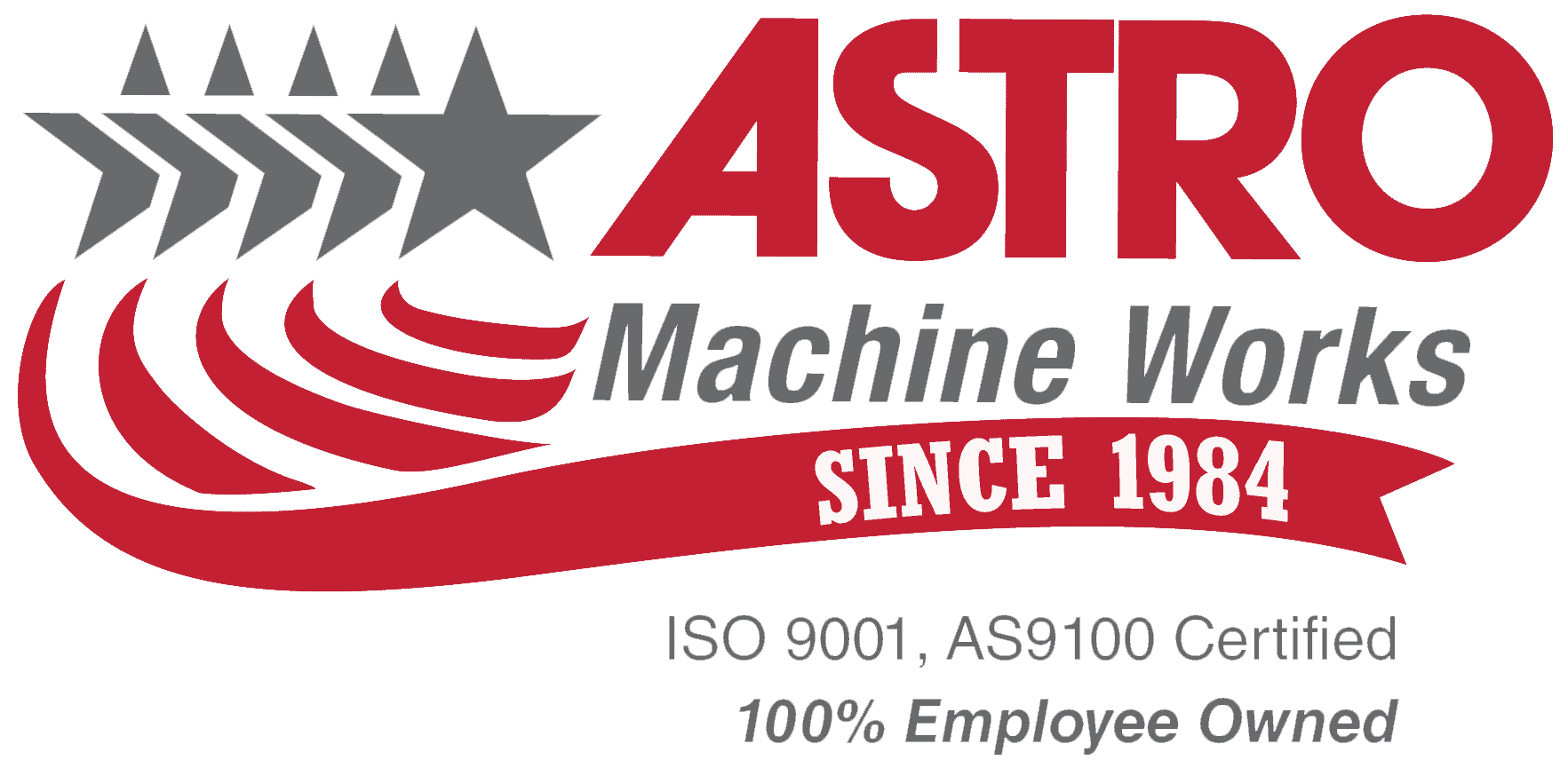Eventually, even the most dependable legacy equipment needs new parts.
A common issue that comes up when looking to repair or replace legacy equipment is the original manufacturer no longer makes the specific parts, or has closed up shop altogether. In these cases, reverse engineering is often the best way to update machine parts and keep equipment running smoothly.
Reverse engineering involves an in-depth examination of the legacy part, during which the engineer analyzes the part to understand its design and recreate it. Blueprints of the part are then drawn, and the part is manufactured and sent to the client for approval.
At Astro Machine Works, we provide reverse engineering services for a range of industries, from industrial manufacturing, medical devices, aerospace and automotive, and more.
Here’s a rundown of how the reverse engineering process works at Astro Machine Works and what we can achieve with it.
HOW ASTRO’S REVERSE ENGINEERING PROCESS WORKS
To begin, we perform an in-depth analysis of the part in question. Using the FaroArm, a portable and highly accurate coordinate measuring machine (CMM), we carry out an intricate 3D inspection of the part to extract its precise dimensions.
We then upload this data into our computer-aided design (CAD) software to create a model of the original part. We implement this rendered model to make a new part that will function identically to the original. Once our client is satisfied with the final product design, we save all the details of the CAD file so that we can replicate the part if needed, and at any point in the future.
WHEN WE CHOOSE REVERSE ENGINEERING
There are several scenarios that can be best solved through reverse engineering.
At Astro, we use reverse engineering to identify the interrelationships between components and design opportunities to increase their performance, and to build new digital models of assembly parts to implement right away or to have on hand for the future – particularly ahead of any planned changes in equipment.
Here are some examples of how Astro’s reverse engineering solutions have been effectively implemented for our past clients:
- A faulty seal on a piece of heavy machinery was redesigned by using our FaroArm technology. With FaroArm, we scanned and measured the design and recorded the seal dimensions.
- We’ve helped manufacturers develop formal part specifications by using CMM technology. With CMM, we determined all the critical part dimensions and then calculated the required tolerances. Then, we used modeling software to create a precise drawing of the part.
- For companies that use older drill forgings that were designed before the advent of CAD software, we’ve created efficient computer designs of each forging in need of replacement to help these firms modify and reproduce their existing equipment.
TOP-NOTCH REVERSE ENGINEERING FROM ASTRO MACHINE WORKS
When executed correctly, reverse engineering produces high-quality parts that perform just as well as the original equipment. What’s more, because we’re able to apply the latest software and manufacturing techniques to our processes, these reverse-engineered parts often wind up costing less than the original OEM part.
Astro Machine Works offers reverse engineering services to restore high performance to tried and true equipment. Our clients can count on us to not only replace needed parts, but to also provide documentation to recreate the parts in the future, and to solve a spectrum of complex part issues.
Since 1984, we’ve proudly served a wide range of industries, including medical, energy, government, telecommunications, and aerospace. We’ve produced over 25,000 custom products for customers around the globe. By investing in the very best technology and people, we consistently deliver exceptional value at affordable prices.
Discover more details about our reverse engineering capabilities in our “Reverse Engineering Parts: The Basics” resource, or contact us today to learn more about our reverse engineering services.

